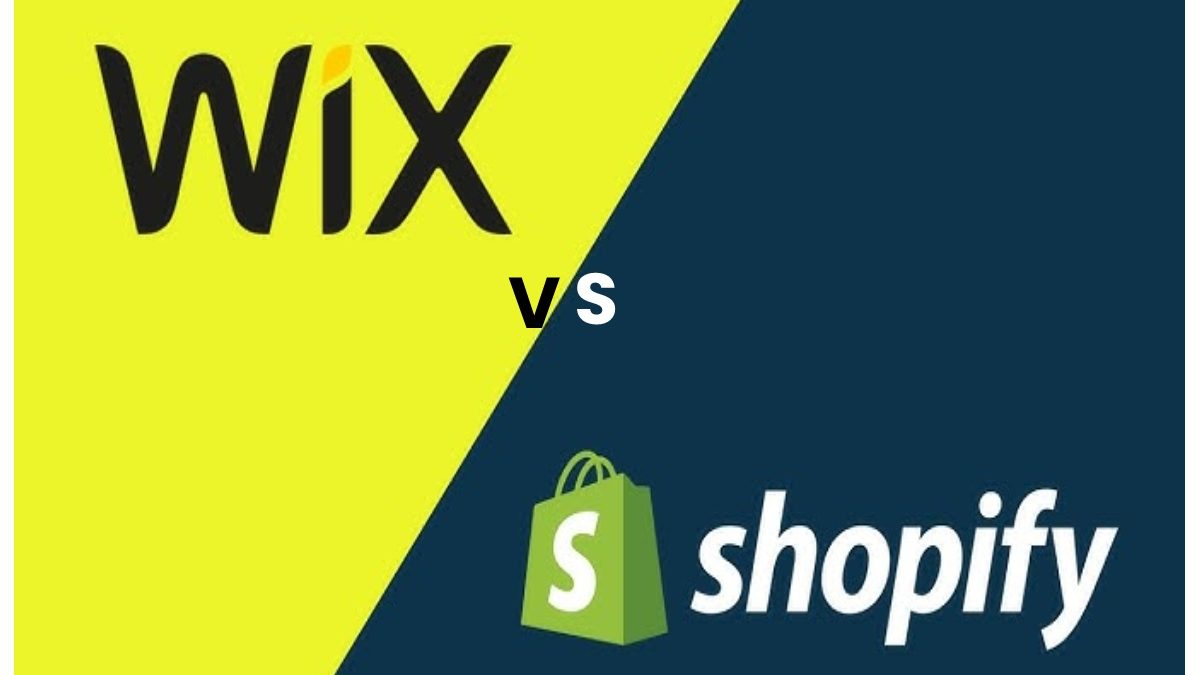Wix vs Shopify comparison – Finding alternative e-commerce platforms for your business can be a difficult endeavor, especially if all of the systems provide the same function.
Shopify is a Ottawa-based e-commerce software that is the world’s leading ecommerce platform for launching, managing, and growing your online store. It is an effective opportunity for anyone who needs to create an online business quickly. Shopify must be paid for by the user. Following registration, the user is presented with the control panel. The user may alter the layout in the set of pre without knowing how to code. The outcomes are simply seen in the preview area. With Shopify, you have complete control over the look and experience of your online store. It has a secure shopping cart, a full publishing system, Google ads and social network integration, and outsourcing integration. Another advantage is a 99.99 % MTBF. SEO-friendly. Defending against fraud. You can migrate to Shopify with help from special services.
Shopify is a builder from a Canadian company of the same name that produces software for online and offline stores. Started in 2006, is one of the most famous online store builders in the world, with 400,000 customers. Can the system be of interest to a domestic developer? If yes, then what? Let’s figure it out.
The administrative panel seems minimalistic, but when you start to open each section, you understand how functional the constructor is: products, customer information, attendance and turnover statistics, information about traffic sources, adding product distribution channels to social networks. A large app store is available to the webmaster, where you can add new features for money to increase sales, improve marketing and customer service, etc.
All orders are displayed in a separate section – in conjunction with the “Clients” section, something like a basic level CRM is obtained. It is possible to import the client base. Orders can be created manually. There is also a tool for recovering abandoned carts. In the products section, you can add collections, create gift cards, view the warehouse. You can trade with conventional and digital goods, there are a lot of card settings options: adding videos and pictures, article, codes, prices/currencies, delivery, product options, statuses, selection of a distribution channel, supplier, product type, belonging to a category. You can even choose your own theme even for each individual position.
It outperformed our evaluations in terms of design, usefulness, and overall value for money.
Wix is a website creation tool firm based in Israel that enables you to construct free websites. Begin with a beautiful cellphone design but you’ll have all you need to manage your online company. Wix registration is quick and simple. Pages, design, adding items, options, and the Wix mobile app are all available in the web builder’s left corner. Many add-ons, such as icons, chat functionality, and contact forms, are available to download store. They may be used to modify pages, change colors, and add photos.. Features include Free multilingual fonts. Thousands of free images. Hundreds of applications. Several payment methods. Custom domain name. Customizable online store. Plus a lot more.
Wix is an excellent website builder for tiny internet businesses. Wix is most likely suited to tiny boutique web shops. Wix is an excellent website design platform. It includes a lot of design options and allows for a lot of visual customization.
Summary – Wix vs Shopify
Shopify is one of the leading e-commerce systems on the market, while Wix, historically known as a website store, also offers e-commerce services. Let’s look at the benefits and drawbacks of skincare from various e-commerce sites.
Shopify, on the other hand, performs admirably across the board, particularly in the areas of sales and simplicity of use. If you want migrate to Shopify, we’ll recommend you this agency – https://www.makebecool.com/services/shopify-plus-agency.

